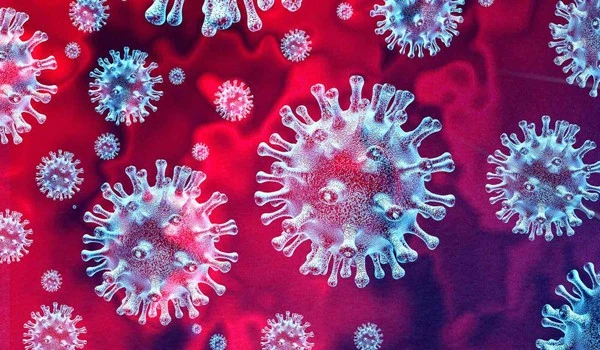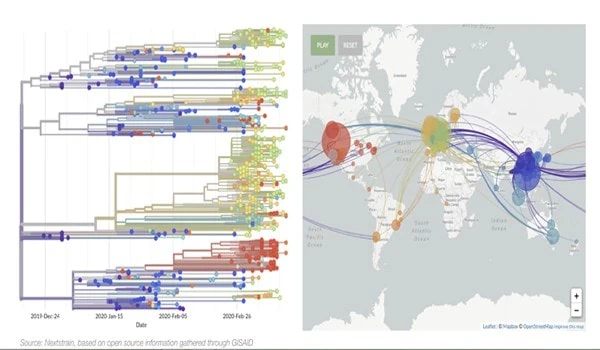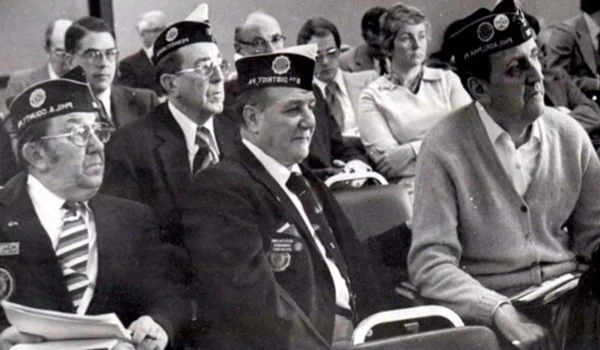Two topics today:
1. A simple test you can do to know you are NOT infected.
2. I think I found the Achilles Heel of the coronavirus.
What it is and three simple things you can do to not get infected and become the warrior Paris, who killed Achilles in the Trojan War.
Coronavirus Test:
This is a respiratory virus so, very early, even before you have a fever, it is multiplying quickly in your lungs. The daily test, to do before breakfast, for example, is simple. You and your kids make a game of seeing who can hold their breath the longest. Start with a big, full breath. If you can hold your breath for longer than 10 seconds without coughing, choking, having discomfort, stuffiness or tightness, really any symptoms from your lungs, it is VERY unlikely you have the start of an infection. Make a game of it with the kids.

Two Caveats: it is very sensitive but not very specific. So every cold, dust, etc. will test positive. So DO NOT run to the emergency room if you can’t pass this right now. If you fail it you have no idea if you have this new infection. Conversely, if you pass it you are very unlikely to be infected at that moment. If you start doing it, you have a few symptoms, can’t make it 10 seconds, etc. and it starts to get worse, be sure to write down the time you tested it and a description of how it went, etc. Your healthcare provider will appreciate the timeline of these symptoms.
Second caveat: if you have asthma, are a smoker, have COPD, etc. it is likely you might have failed this test last year before this virus every jumped into a human. Unfortunately for you, the test may not ‘work.’
Not to put too fine a point on it, but if you can’t pass this test before getting infected, your baseline condition is one of the reasons you are at a higher risk of serious complications if you should get infected.
Achilles Heel:
This virus is nasty and diabolical and once it gets into a cell, human medicine has little to offer at this time.
The entire value proposition of a vaccine is to ‘train’ the immune system to have proteins that stick all over the virus just before it tries to enter the cell. Vaccines work by stopping or slowing cell entry. A virus is NOT technically alive and outside the cell it is as inert as a stone. So interfering with those little knobby things in the picture below with a $1 billion US vaccine may work in 18 months or so.
My idea was simpler and quicker: are there simple ‘environmental’ changes that could destabilize those spikes and maybe slow/prevent entry into the cell, not with an antibody, but with something else.

Searching the US National Library of Medicine I found what might be an answer: a paper from 1990 that showed that a related (obviously not this one) coronavirus, which was stable for days in acidic solutions was inactivated within MINUTES in alkaline solution. Why is this important? because the virus will spend at least some time in your nose, mouth, and throat just waiting to get into your lungs. Acid/base reactions are the fastest chemistry in biology and an alkaline solution will quickly change the shape of the virus. if your nose and mouth are continuously alkaline it is inactivated before it ever gets into the lungs.

The microscope picture shows normal virus in acid solution (a) and clumpy, misshapen viruses in alkaline conditions (b). But its not just looks that changed but the ability to infect cells. The next graph is how long the virus could still infect cells when exposed to different pH values. The Y-axis is a log scale. The numbers 5, 6, and 7 are normal pH values and at these pH values >90% of the virus can still infect after two days. But the lines at 8 or 9 (my hand-drown red arrow) show >95% of the virus in GONE within minutes at alkaline pH values!
So how do you get your oral cavity at pH 8, alkaline? If you do that whenever you are in the world you are giving yourself a science-based effort to NOT get infected.
First, almost every toothpaste is baking soda, alkaline pH. Teeth dissolve is acid (think cola drinks) and cavities are bacteria using acid to dissolve your teeth. So brush regularly.

Second, change up that water bottle you sip on all day. Few drinks are alkaline, most juices are acidic and you can see from the chart that acid STABILIZES this virus. But two drinks are perfect: green tea (not acidic coffee, unfortunately) and mineral spring water, with bicarbonates. So fill your water bottle with green tea or mineral water and sip away, all day.

Finally, the Achilles Heel has a second target. Something called sulfhydryl (SH) bonds hold the different amino acid chains together. Lots of foods have natural SH bond breakers but the absolute best is asparagus. In fact, that special ‘smell’ is its sulfur-containing compounds. It is less clear this will work because it makes the INSIDE of cells rich in SH bond breakers not necessarily the outside but, what the heck, with a little Parmesan cheese, it might just add a second attack on the virus shell and in the worse case, it makes a delicious, side dish!

Reference for above study: “Conformational change of the coronavirus peplomer glycoprotein at pH 8.0 and 37 degrees C correlates with virus aggregation and virus-induced cell fusion.” Sturman LS, Ricard CS, Holmes KV. J Virol. 1990 Jun;64(6):3042-50.







